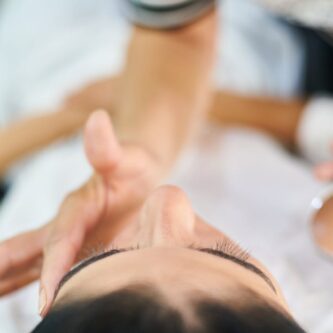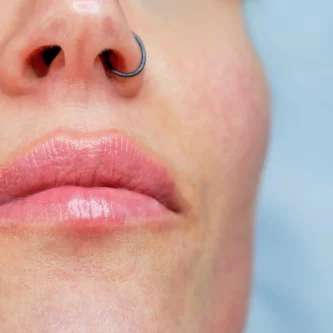Treatments for Sun Damaged Skin
Most of us love a sunny day. It’s a time for enjoying life and going to the beach, right? Absolutely, but what many forget is to properly protect themselves from the sun’s warming, but ultimately damaging ultraviolet rays. The positive effects of sunlight on the mind and body are well documented, but if you spend even a short time outside, directly in its path, you will experience sun damage to your skin.
Can Sun-damaged Skin Be Reversed?
Of course, prevention is better than a cure, but once it’s done, it’s done. However, that doesn’t mean that there aren’t steps to undo a lot of the damage that has been caused, because there are. We’ll take a brief look at those in a moment.
How Does The Sun Damage My Skin?
First, we’ll examine exactly what happens when unprotected skin meets harmful UV rays.
When your skin comes into contact with UV rays, pigment cells inside are stimulated to produce melanin, which is a chemical responsible for giving our eyes, hair, and skin their color. Overproduction of melanin leads to age spots and unwanted dark patches on the skin, as well as premature wrinkles and lines. It is well known in the beauty industry that sun damage accounts for as much as 95% of the aging process in most people.
What Sun Damage Treatments Are Available?
The procedures that are available for the treatment of sun damage, fall into the category of ‘Skin Rejuvenation’, as they attempt to make the general area they are applied, look and feel younger. They specifically target areas of redness or areas that have too much collagen or melanin.
Intense Pulsed Light Treatment (IPT) is the main salon-based technique used for skin rejuvenation and it works by targeting the affected areas of skin with very specific light frequencies. Also known as Selective Waveband Technology (SWT), the treatment tackles the presence of Melanin and Hemoglobin in damaged skin, to leave it looking fresher and younger.
The treatment works on melanin by raising the temperature in the areas mentioned to as much as 70 degrees centigrade for a split second which has the desired effect of shattering the pigment. The pigment will then naturally leave the skin, as the old skin desquamates naturally, leaving the new skin lighter and free from damage.
Much the same occurs when light frequencies are used to eliminate redness, as it targets hemoglobin which becomes broken down by the intense heat. A boost to collagen production in the skin is also achieved when the temperature is raised to 30 degrees centigrade, further enhancing its youthful appearance.
What Can I Expect From A Treatment?
The majority of people will need between 3 and 5 treatments, roughly a month apart each time. You will feel a lift each time you have a session, with each one working deeper down into the skin. The more damage you have before a course of treatments, the more sessions you will require.
We often get asked if SWT and IPL treatments hurt, to which we say that whilst it can be mildly uncomfortable, we wouldn’t consider it to be painful. It will feel warm and tingly to most, but everyone’s different, so talk to your consultant before you start if you’re worried.
Post-treatment, the results usually last for at least 2 years, as long as you look after your skin, but we would recommend that you return for a maintenance treatment at least once a year to stay looking young and fresh.
Conclusion
If you’d like to find out if the treatments are suitable for you or you’d simply like to know more, call us at 714 501 2849 for a chat with one of our qualified specialists. Alternatively, you can visit our website www.saharallure.com for a look at the full range of beauty spa services we offer.





